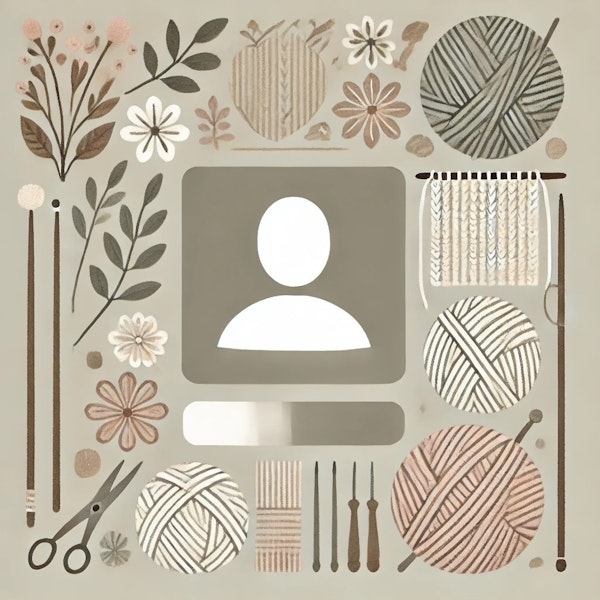
My mother didn't know she should fear cutting and sewing handwoven fabric—so she went ahead and did it.
As many times as you tell beginning weavers that it’s just yarn, most still worry about the whole warping the loom thing.
I recently heard the phrase, “If all you have is a hammer, everything looks like a nail,” and it caught my attention. After looking it up, I learned that is known as the “law of the instrument,” a term coined by Abraham Maslow in 1966. The concept
I don’t often have time to slow down and contemplate my weaving career and the events that have led me to becoming the editor of Handwoven. However, I joined Sarah Resnick’s podcast to do just that.
I’m at my happiest when I’ve got 1,000 ends to sley and thread. I love to see a disorganized warp become organized on my loom. I like to throw the shuttle and see the cloth develop and see my ideas become reality.
You can always start a weaving project from scratch: dream one up, find a draft. I do that, but I often use Handwoven to jump-start my projects, whether it is to explore a color combination I like or try a weave structure or yarn I’m not familiar with.
Tien Chiu is an award-winning designer and weaver, evident in her Flower Scarves from Handwoven May/June 2018. Based on colors from a photograph of flowers, Tien carefully planned a striped warp that highlighted her chosen colors.
It made me think about some of the weaving opinions you hear about today that I believe don’t actually hold up to scrutiny.
Deanna Deeds is one of my favorite weaving designers. She brings a fresh, insightful approach to all of her weaving projects, solving problems as she goes. The Plaid Windows Blouse by Deanna, found in Handwoven May/June 2018, is no exception.
As a challenge to myself and to prepare the way for the new cones of yarn I intend to purchase at the marketplace, I decided to weave stashbusting towels that would use up some practically empty cones of 8/2 cotton I already had.